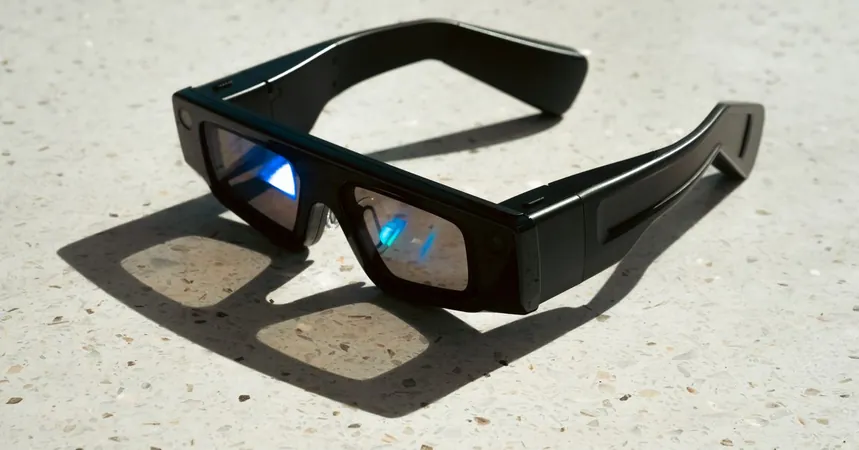
Snap's New Spectacles Slammed as "Disaster" by Former Engineer
2024-09-20
Critique by Sterling Crispin
In a stunning critique, Sterling Crispin, a former design engineer at Snap Inc., has come forward to voice his strong disapproval of the company's latest generation of augmented reality (AR) Spectacles. Unveiled recently, these high-tech glasses have been labeled a "disaster" by Crispin, who spent a year contributing to their development.
Crispin's Discontent
"I have a million negative things to say about the experience and the device," Crispin expressed on X (formerly Twitter). "But I think the product speaks for itself and is obviously bad. I hate these things." His comments shed light on the deeper issues within the AR industry, particularly the tough balancing act between size, weight, performance, battery life, and production costs that all AR and virtual reality (VR) devices face. Crispin lamented that the new Spectacles represent "a set of very bad decisions that compounded, making them even worse," adding that everyone involved in the project was aware of the significant shortcomings.
Limited Availability and Conflict
Snap has not positioned these glasses for widespread consumer use just yet—they're only offered to a small group of Snapchat AR developers, indicating that the company is still in a testing phase. Snap CEO Evan Spiegel has stated that he does not foresee AR glasses becoming a viable business until late in this decade.
High Rental Costs with Performance Issues
Despite the limited availability, these Spectacles come with a hefty rental fee of $99 per month and require developers to commit to a minimum term of one year. Social media users have been quick to poke fun at the device's drawbacks, particularly its short battery life—only 45 minutes—and narrow field of view of 46 degrees, which is a slight upgrade from the previous model's 30 minutes and 26.3 degrees.
Mixed Industry Reception
While Crispin's critique is harsh, it highlights the struggle Snap faces as it tries to compete in the AR space. In a recent review, tech columnist Alex Heath noted that although the hardware boasts improvements, the software feels rudimentary for a standalone device. He stated that the field of view still fails to deliver the immersion users expect from modern eyewear, rendering the augmented reality experience less exciting than engaging with the real world.
Looking Ahead
As tech enthusiasts eagerly await the next evolution in AR, one thing is clear: Snap's current offering has a long way to go before it can meet the expectations set by both developers and consumers. Will these spectacles find a way to improve, or will they remain a cautionary tale in AR's complex landscape? Stay tuned!





 Brasil (PT)
Brasil (PT)
 Canada (EN)
Canada (EN)
 Chile (ES)
Chile (ES)
 España (ES)
España (ES)
 France (FR)
France (FR)
 Hong Kong (EN)
Hong Kong (EN)
 Italia (IT)
Italia (IT)
 日本 (JA)
日本 (JA)
 Magyarország (HU)
Magyarország (HU)
 Norge (NO)
Norge (NO)
 Polska (PL)
Polska (PL)
 Schweiz (DE)
Schweiz (DE)
 Singapore (EN)
Singapore (EN)
 Sverige (SV)
Sverige (SV)
 Suomi (FI)
Suomi (FI)
 Türkiye (TR)
Türkiye (TR)